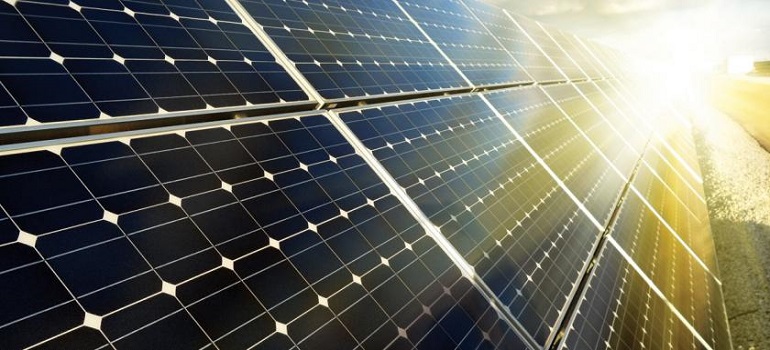
If you’re a solar vendor, you’ve probably found yourself in one or both of the situations below at some point in your search for quality solar RFP information:
1. A long and difficult search yields only disjointed, incomplete information that doesn’t actually help you find RFPs to bid on.
2. By the time your search is complete it’s too late—the project has already filled up. You’re back to square one to start the whole process over again.
Sound familiar? Unfortunately, these are common situations. Vendors searching on their own can find bid services that offer information about municipal, county, federal RFPs, but they show a lot of smoke—not necessarily much of a signal. These sites usually have some OK information, but not enough good information to be actionable. So what should you look for in a solar RFP database? Here are five things to consider.
Five Benefits You’ll Get From Energy Acuity’s Solar RFP Database
1. You’ll get quality solar RFP information.
First and foremost, you can’t underestimate the value of finding a solar RFP database that contains quality, trustworthy information. That’s exactly what you’ll find with our Renewables database.
Our team gathers information directly from the field, giving you the information you need to make sound business decisions. In the EA Renewables Database, you can sort through industry-wide procurement announcements and access contact information so you can build relationships—both of which help you stay a step ahead of your competitors.
Our solar RFP project information includes the following:
- Issuing Companies
- RFP Type
- Technology Type
- Locations
- Notice of Intent Deadlines
- Proposal Due Dates
- Anticipated Schedule
- Contact Information
- Bid Document PDFs
In addition to solar RFPs you can also find project profiles, company profiles, deals intelligence, and property data for wind and solar projects.
2. You’ll save time.
The only thing better than finding all the information you need is finding it in one place. Typically, you’d have to cull this publicly available information from many resources—websites, community events, news outlets, etc. We’ve simplified this time-consuming process; every day we publish new solar RFP opportunities, so you get the most recent information.
Want an insider’s look at the hottest solar projects of 2016? Download our Solar Energy Report.
3. You’ll get a historical perspective on RFPs and projects.
Want to know where you should plan on looking for projects? Then you need the historical perspective our solar RFP database offers. Even though many of the projects in our backlog can’t be bid on directly, they will give you an idea of where certain markets are trending. With that information, you can use the rest of our database to find project developers, suppliers, and other involved parties who are looking for vendors like you.
4. You can find all your bid documents in one place.
One of the biggest headaches surrounding solar RFP research is managing the paper trail. We’ve put every document you need in one safe place. The Energy Acuity database includes PDFs of bids as well as project information, so you don’t have to register for dozens of city, county, or federal-specific sites to find the documents you need to bid.
5. You can get only the information that will actually interest you.
Instead of wasting time searching for projects that aren’t a good fit for your company, filter your search based on the criteria that matters to you. Whether you’re looking for bids by region, goods, company, or anything else, you’ll find every good possibility without having to sift through irrelevant data, and then get it sent to your inbox based on your saved filters. We’re serious about saving you time and improving your chances of winning projects.
Author
Alec Davitt | Energy Acuity
